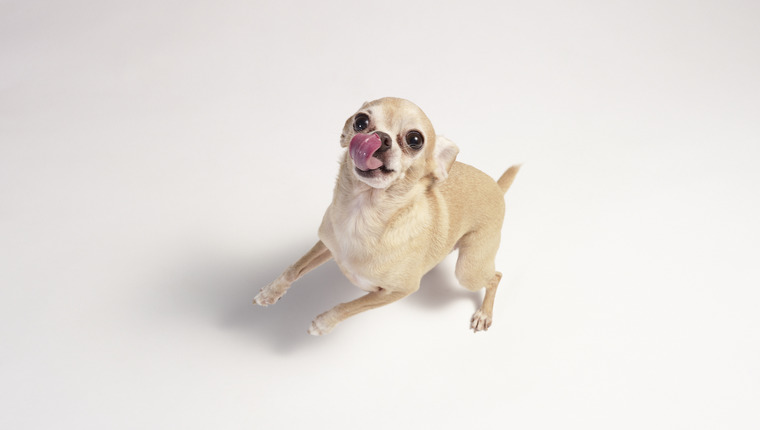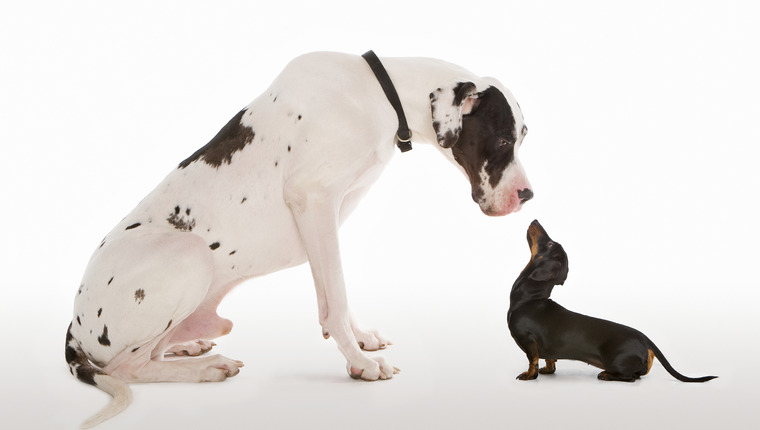
Early in 2022, researchers discovered a gene that regulates dog size is actually a lot older than previously thought. Although Chihuahua-sized wolves were probably unlikely, it seems size variance actually predates dog domestication.
Until this study, scientists thought domestication drove small dog breed creation. However, it shows that at least one gene responsible is present in canine DNA from over 50,000 years ago.
An Intensive, Collaborative Study To Understand Small Dog Sizes
Interestingly, the study is part of an ongoing project at the National Institutes of Health (NIH), focused in the lab of esteemed geneticist Elaine Ostrander. However, their search proved elusive until postdoctoral researcher Jocelyn Plassais suggested a new perspective. Plassais told researchers to consider looking for genetic sequences positioned backward. Then cross-referencing them with ancient canine DNA.
Using this novel approach, scientists found “a reverse form of the insulin-like growth factor 1 (IGF1) gene with variants that correlated to dog body size,” said Science Daily. Afterward, the lab worked with biologists at Oxford and Ludwig Maximilian University to find the mutation in ancient dog DNA.
Amazingly, DNA samples dating back 54,000 years contained the gene. According to Ostrander, “It’s as though Nature had kept it tucked in her back pocket for tens of thousands of years until it was needed.” Furthermore, the same gene wasn’t found only in dogs and wolves. Researchers found it in coyotes, jackals, and African wild dogs too. Ostrander said, “This is tying together so much about canine domestication and body size, and the things that we think are very modern are actually very ancient.”
The Study Helps Fill in Details About Dog Domestication
Ostrander says she and her team are going to continue studying what genes help regulate dog size. According to a report published in Cell, “Although dogs of variable size are found in the archeological record, the most dramatic shifts in body size are the result of selection over the last two centuries.” As a result, the active genes are really only a few, motivating researchers to find them all.
Notably, the study discovered that the IGF1 gene “nearly vanished in Pleistocene wolves”. Thankfully, human-driven breeding for small dogs helped conserve and propagate the gene.





